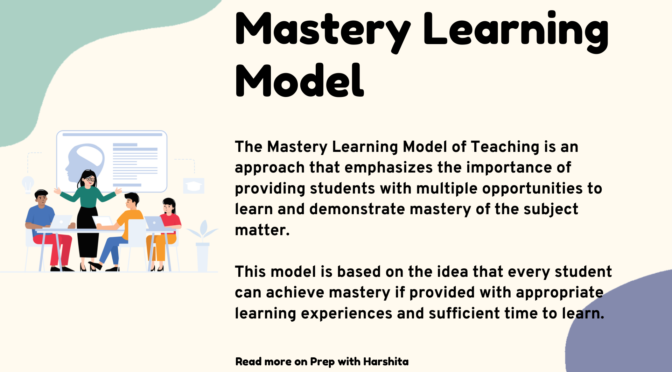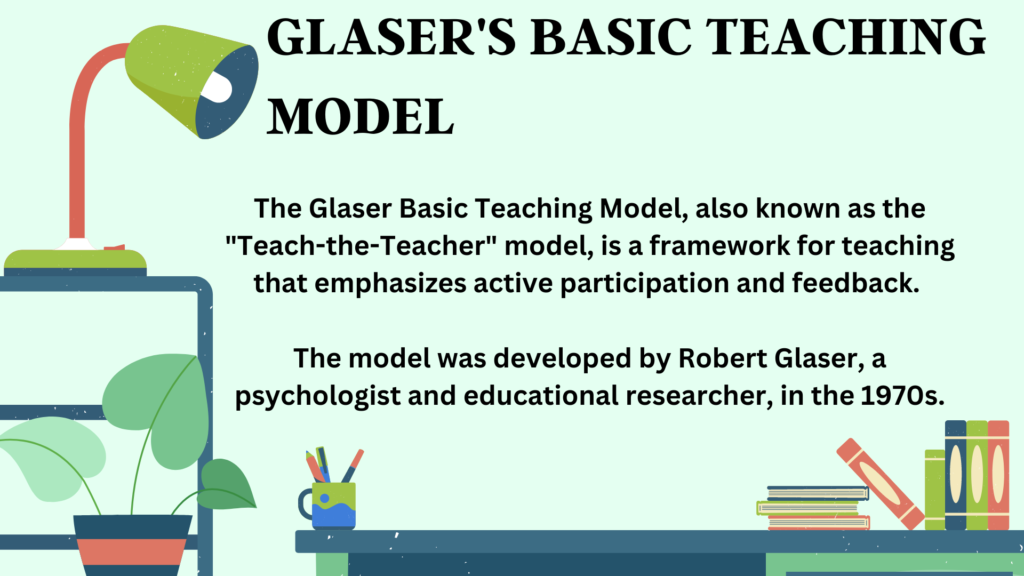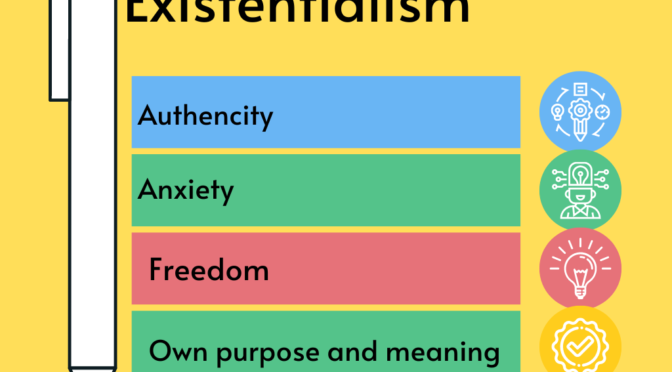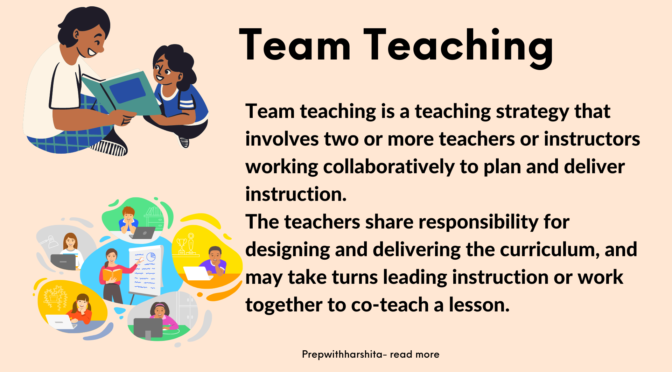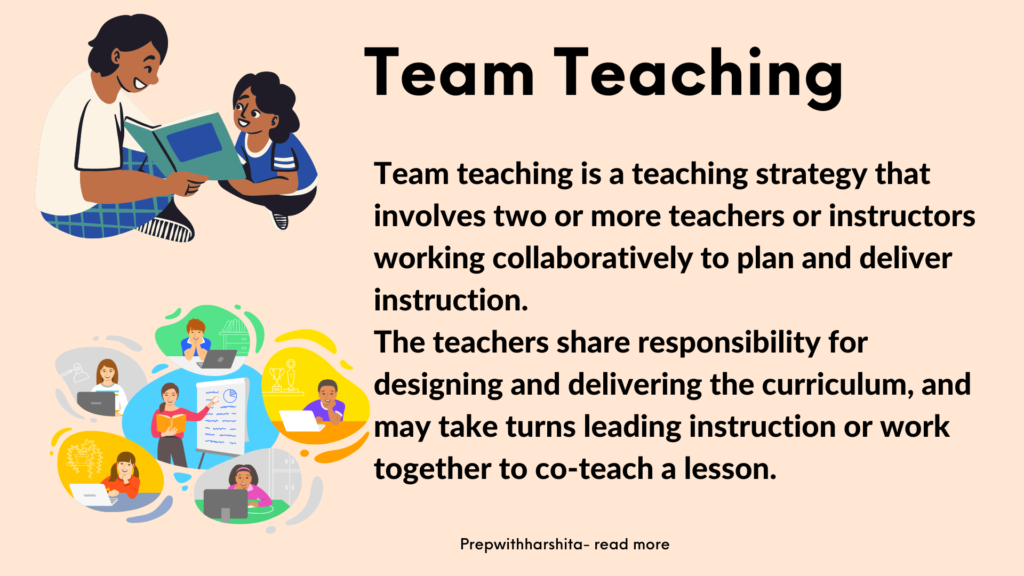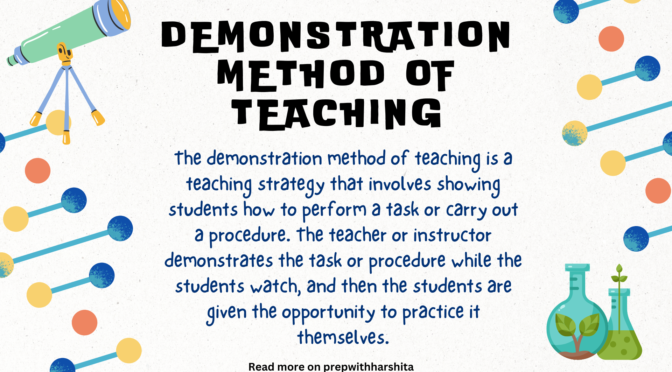The Mastery Learning Model of Teaching is an approach that emphasizes the importance of providing students with multiple opportunities to learn and demonstrate mastery of the subject matter.
This model is based on the idea that every student can achieve mastery if provided with appropriate learning experiences .
About Mastery Learning Model
Mastery Learning Model is an educational approach that emphasizes the idea that all students can achieve mastery of a subject if they are provided with appropriate learning experiences and sufficient time to learn. This model was developed by educational psychologist Benjamin Bloom in the 1960s.
In the Mastery Learning Model, teachers break down the learning objectives into small, discrete skills or concepts. Students are taught each skill or concept in sequence, and they must demonstrate mastery of each skill or concept before moving on to the next one. Mastery is typically defined as a score of 80% or higher on a test or assessment.
If a student does not achieve mastery on a given skill or concept, they are provided with additional instruction, feedback, and support until they do. This model assumes that all students can achieve mastery of the subject matter with appropriate instruction, and that any student who has not achieved mastery simply needs more instruction and support.
Also Read : Glaser’s Basic Teaching Model
This model is characterized by several key features that distinguish it from other educational approaches. These features include:
- Clear and specific learning objectives: Teachers define specific learning objectives for each lesson or unit of study, breaking them down into small, discrete skills or concepts that students must master.
- Sequential learning: Students must master each skill or concept in a sequence before moving on to the next one.
- Individualized instruction: Teachers provide additional instruction, feedback, and support to students who have not yet achieved mastery of a particular skill or concept.
- Formative assessment: Teachers use formative assessment strategies to provide ongoing feedback to students and to identify areas where students need additional instruction.
- High expectations: Teachers hold high expectations for all students and assume that every student can achieve mastery of the subject matter with appropriate instruction.
- Flexibility: Sufficient time to learn each skill or concept, to accommodate the needs of individual students.
- Mastery-based grading: Students are graded based on their mastery of the subject matter rather than on the basis of time spent in class or other factors.
Mastery Learning Model is often used in combination with formative assessment and feedback to help students track their progress and identify areas in which they need further instruction.
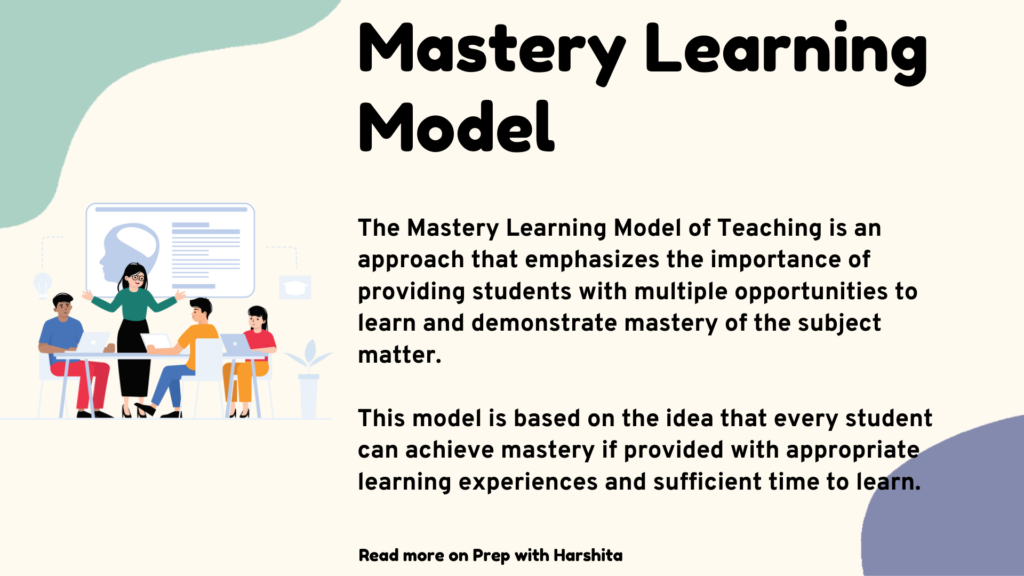
Mastery Learning Model

